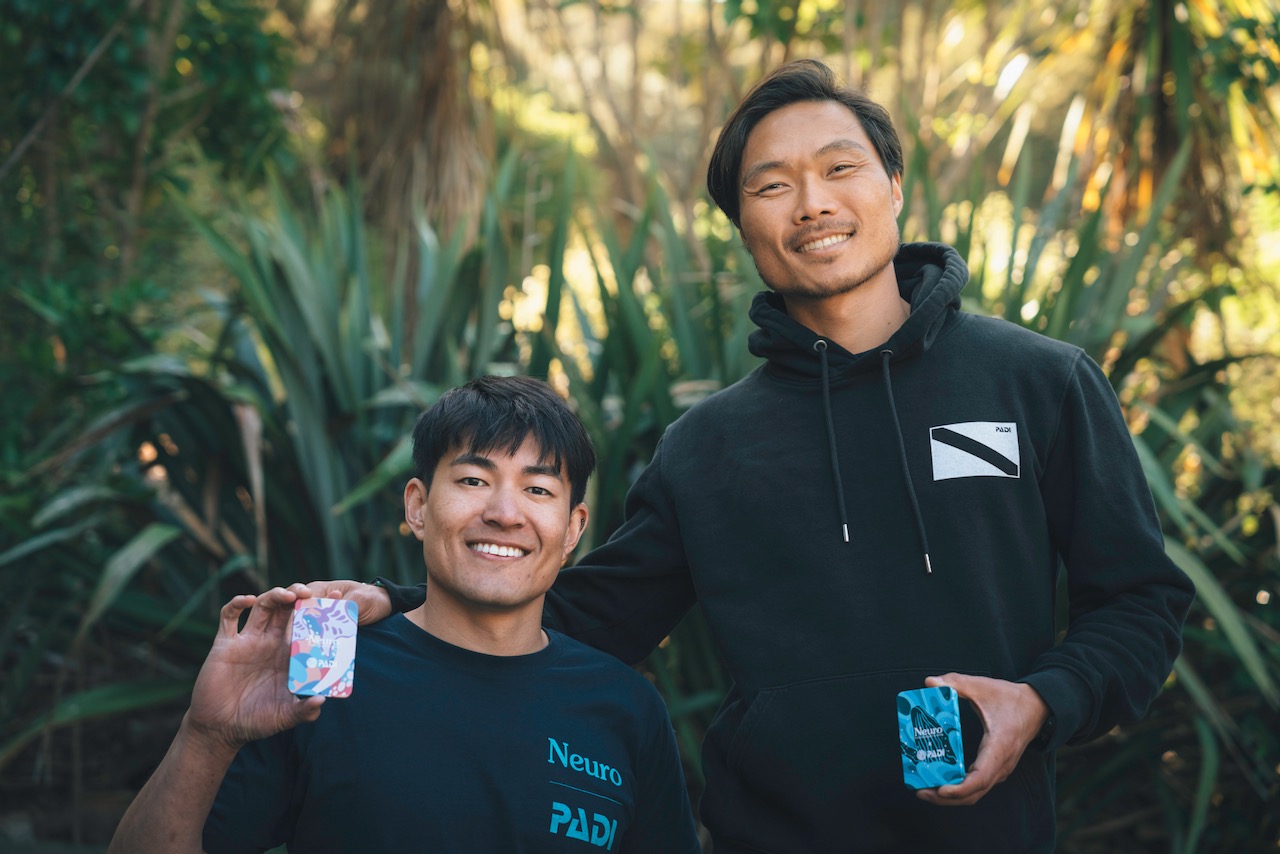
How Digital Tools Bring Companies and Consumers Together
When Jason Needleman’s mother started Peacock Alley nearly 50 years ago, the internet was nonexistent. They worked out of their garage to sell their luxury linens and bath products to independent sales people and wholesalers who then sold their goods to retail stores who sold them to consumers.
After more than 40 years, Jason and his team adapted to the digital age by investing in e-commerce, using Google, Facebook, Instagram, Twitter, and Pinterest to connect with customers directly, and build the business to over 70 employees. It was a new format, but going digital let Jason quickly respond to questions or concerns, and get a true sense of customer priorities. Data was crucial to that information gathering. Google Analytics and Facebook targeting told him what people are buying and which are being overlooked, and Google Trends let him know if customers were searching for items the shop doesn’t offer yet. This information allowed Jason to make efficient data-driven investments instead of gut decisions, and saved the company lots of money. These cost-cutting measures helped his family business compete against national chains and gain thousands of customers. They even sell on the Amazon marketplace, opening them up to customers nationwide.
During COVID-19, Peacock Alley shifted again, this time to create masks and PPE for healthcare workers across the U.S. Because of their digital presence, they could educate consumers on the shift, and provide updates on when they would transition back to linens.
Jason hopes that Congress “realizes that these giant tech companies provide extraordinary services to small companies and that new laws targeting Google and Facebook will only make it harder for small businesses to compete.”
















